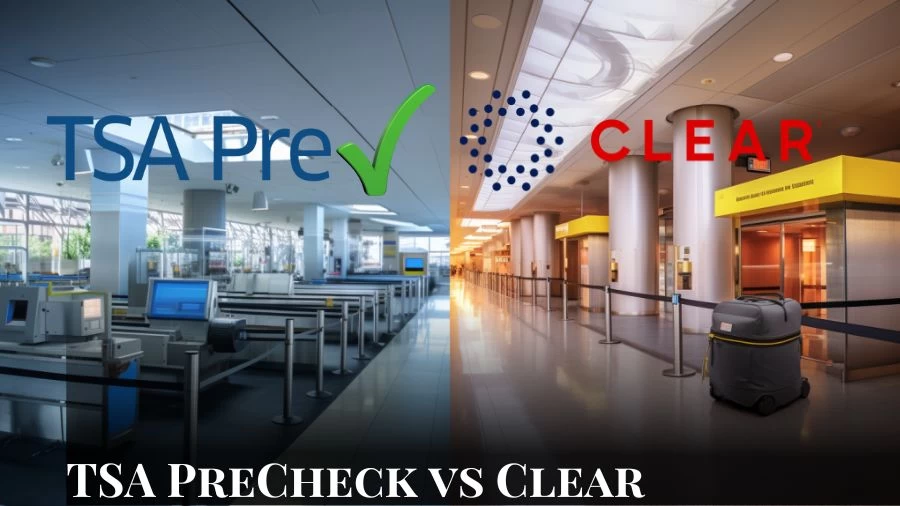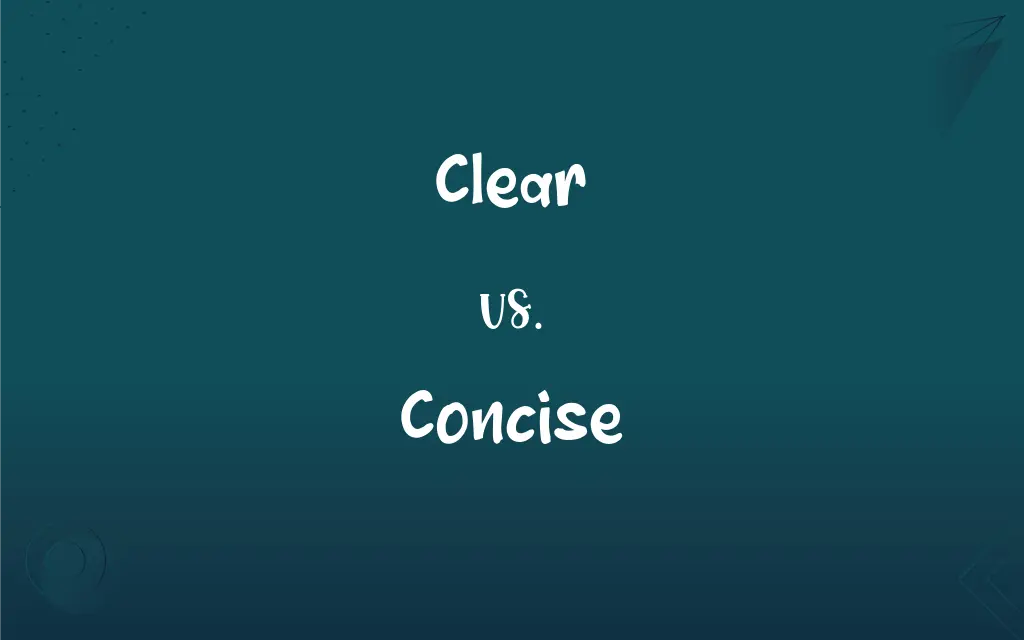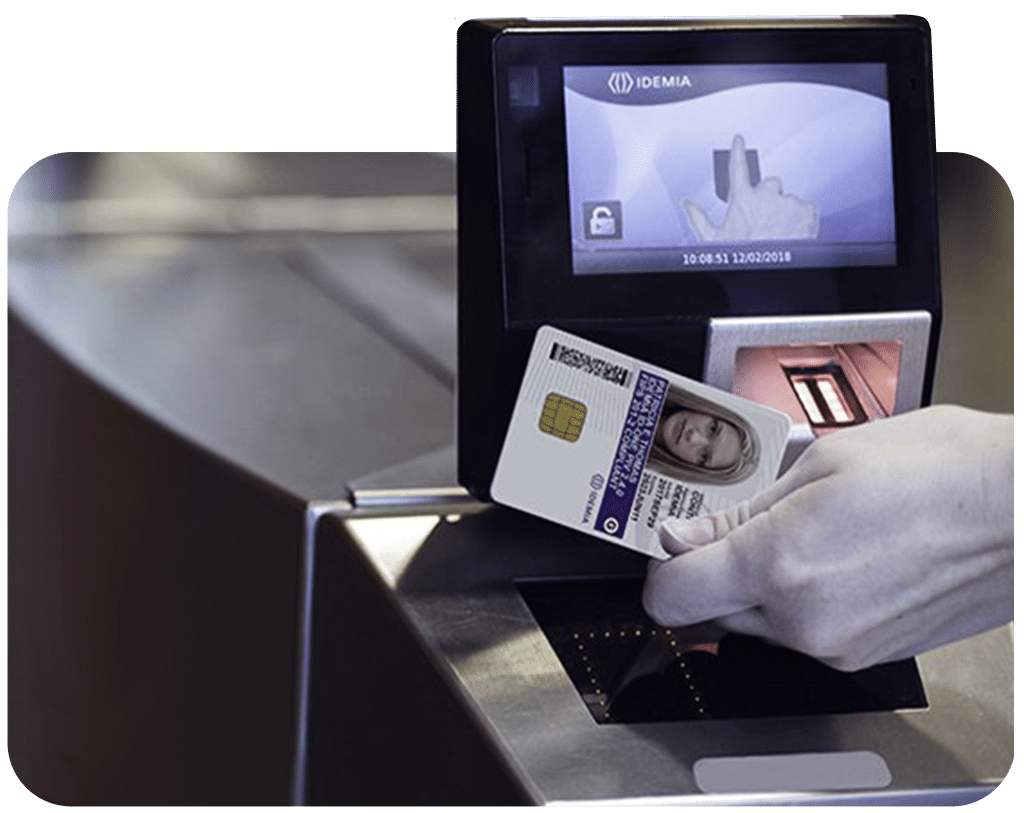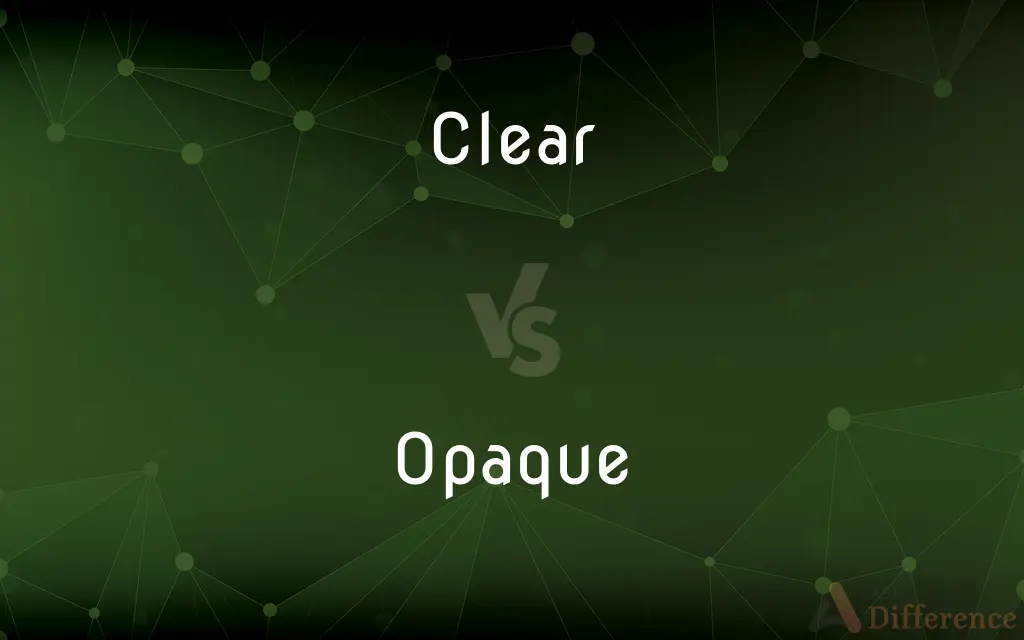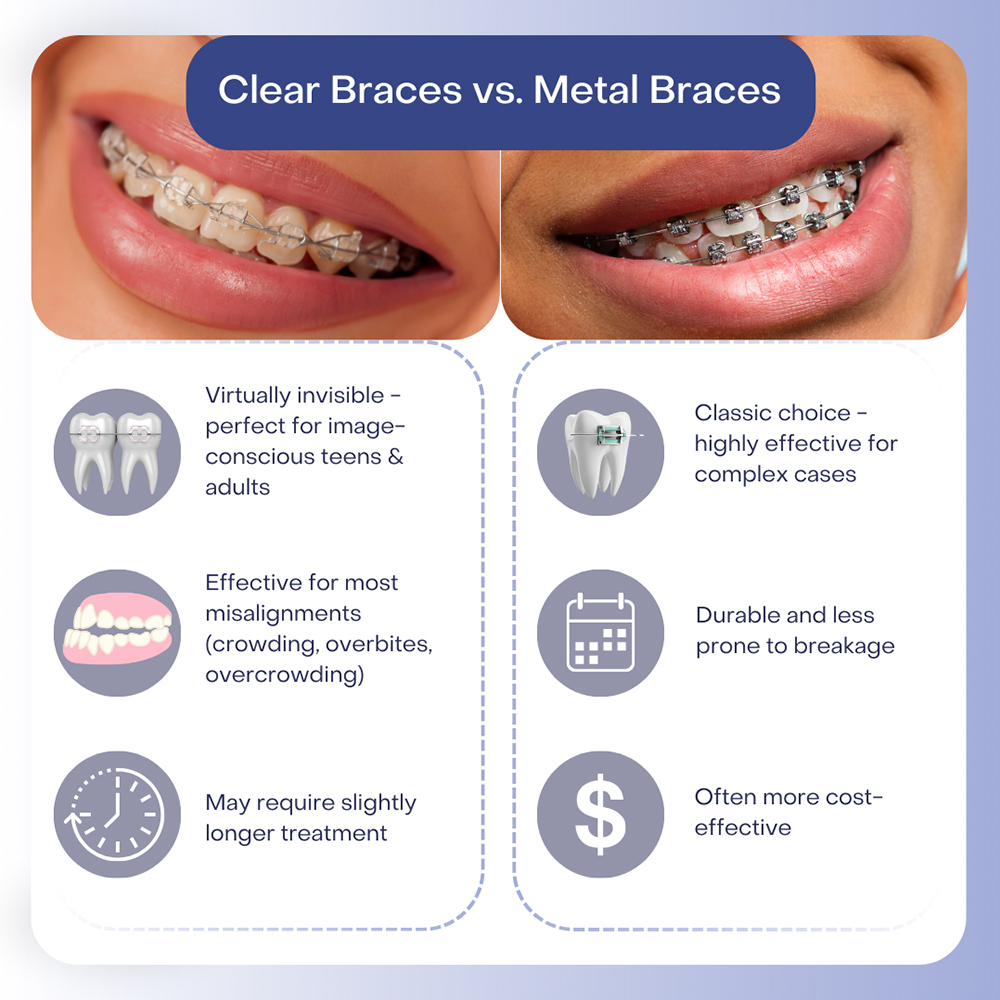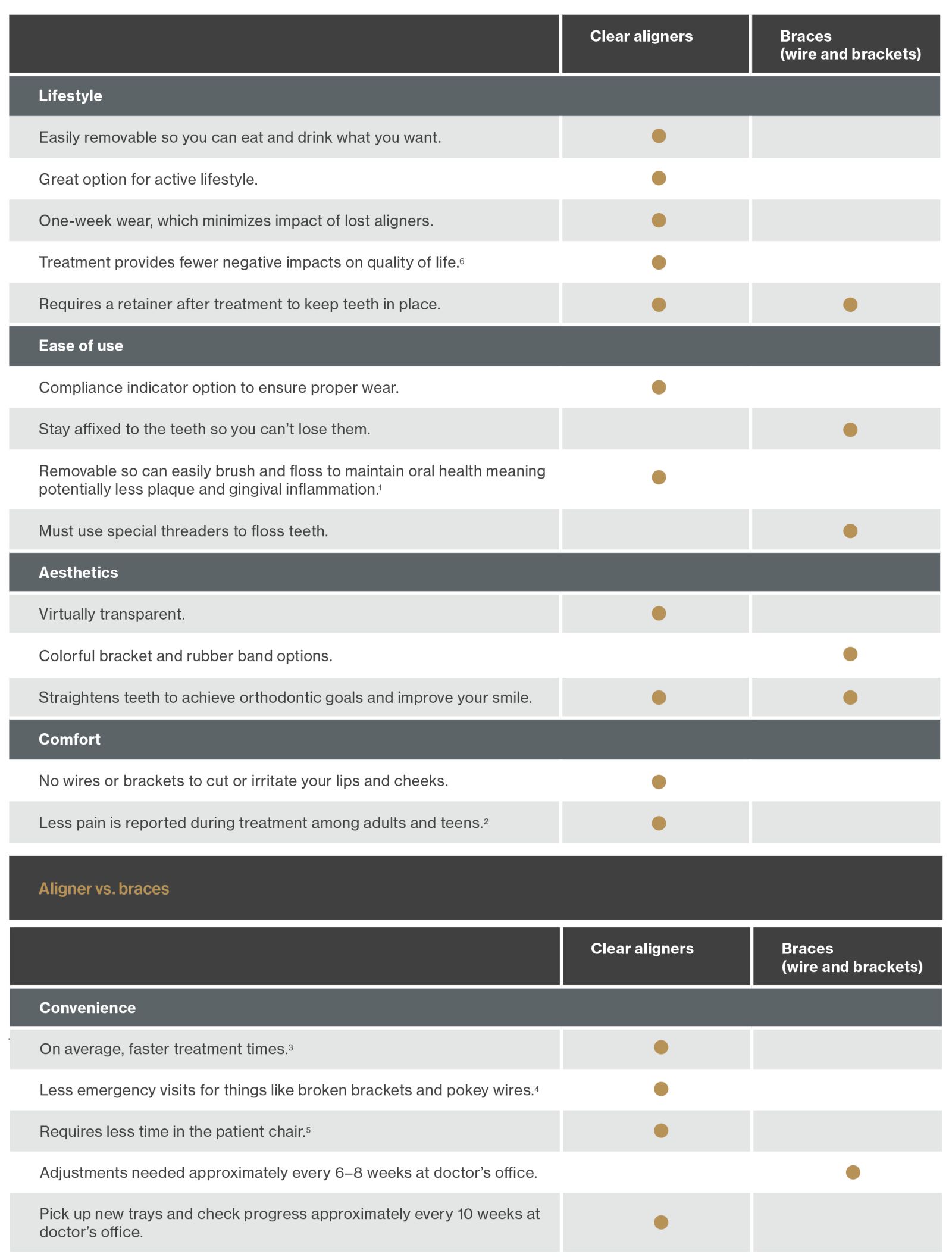Difference Between Clear Idemia And Telos
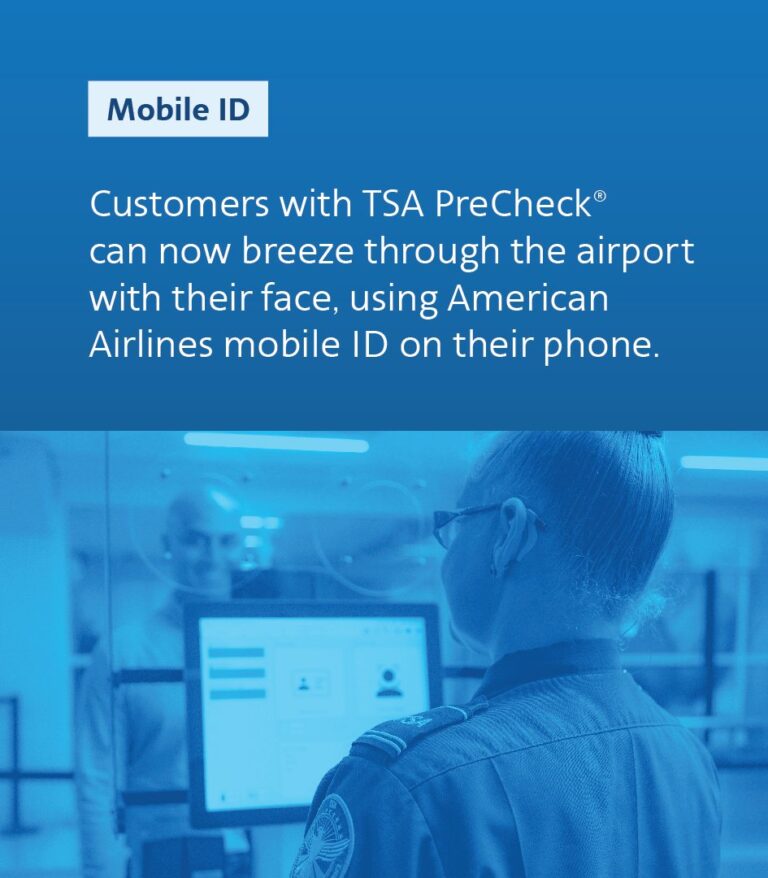
In an era increasingly defined by digital identity and secure access, the landscape of verification technologies is rapidly evolving. Two prominent players in this field, Clear (Clear Secure, Inc.) and Telos Corporation, offer distinct solutions for identity verification, each with its own strengths and applications. Understanding the nuances between these platforms is crucial for organizations seeking to implement robust and user-friendly security measures.
This article will delve into the core functionalities, technological underpinnings, and target markets of Clear and Telos, highlighting their key differences and exploring their respective impacts on the security and convenience of identity verification processes. We will examine their approaches to biometrics, data security, integration capabilities, and cost structures, providing a comprehensive comparison to inform decision-making in an increasingly complex digital world.
Clear: Streamlining Access with Biometric Identification
Clear is primarily known for its expedited security lanes at airports and stadiums, leveraging biometric data to verify identity. The core of Clear's system relies on fingerprint and iris scanning, creating a secure and seamless experience for its members. This allows enrolled users to bypass traditional security lines and quickly access designated areas.
The company's business model centers around a membership-based service, where users pay an annual fee for the convenience of expedited security screening. Clear's success stems from its focus on improving the customer experience, reducing wait times, and enhancing the overall efficiency of security processes.
Key Features and Functionalities of Clear
Clear's primary function is to accelerate identity verification through biometric authentication. Its infrastructure is designed to handle high volumes of users in environments requiring rapid throughput. The platform integrates with existing security systems, providing an additional layer of verification and reducing the burden on security personnel.
Furthermore, Clear emphasizes user privacy, storing biometric data securely and adhering to stringent data protection regulations. The company has invested significantly in advanced encryption and security protocols to safeguard user information from unauthorized access and cyber threats. User consent is paramount, with individuals explicitly opting into the service and controlling their data.
Telos: Comprehensive Identity Management Solutions
In contrast to Clear's focus on expedited physical access, Telos Corporation provides a broader suite of identity management solutions designed for both physical and digital environments. Telos's offerings encompass a range of services, including background checks, identity proofing, and secure access management systems.
Unlike the consumer-facing approach of Clear, Telos primarily caters to government agencies, law enforcement, and organizations requiring high-security identity verification processes. Telos's solutions are tailored to meet the stringent compliance requirements of regulated industries.
Key Features and Functionalities of Telos
Telos specializes in creating secure and scalable identity management systems that can handle complex data sets and diverse user populations. Their solutions incorporate multi-factor authentication, biometric verification, and risk-based authentication to ensure the highest levels of security. The company provides comprehensive audit trails and reporting capabilities to meet compliance mandates.
Telos places a strong emphasis on interoperability, ensuring their systems can integrate with existing infrastructure and third-party applications. This allows organizations to leverage their current investments while enhancing their overall security posture. Telos's focus on security and compliance makes them a trusted partner for organizations handling sensitive data.
Comparing Clear and Telos: A Detailed Analysis
The fundamental difference between Clear and Telos lies in their target markets and core functionalities. Clear is a consumer-facing service focused on providing expedited access through biometric verification in specific physical locations. Telos, on the other hand, offers comprehensive identity management solutions for organizations requiring robust security and compliance capabilities.
“Clear aims to streamline the customer experience by reducing wait times in high-traffic areas,” explains a company spokesperson. "Our focus is on providing a seamless and secure experience for our members.”
A representative from Telos stated, "Telos provides a wide range of products and services to address the critical security needs of our customers. We ensure identity verification is compliant and secure at every stage.”
Biometric Technology: Clear primarily uses fingerprint and iris scanning for biometric verification. Telos supports a broader range of biometric modalities, including facial recognition and voice authentication, depending on the specific needs of their clients.
Data Security: Both companies prioritize data security, but their approaches differ slightly. Clear focuses on securing biometric data within its centralized database. Telos offers a more distributed approach, allowing organizations to maintain control over their data and comply with specific regulatory requirements.
Integration Capabilities: Clear's integration is primarily focused on airport and stadium security systems. Telos offers broader integration capabilities, supporting various enterprise applications and identity management platforms.
The Future of Identity Verification
The demand for robust and user-friendly identity verification solutions is poised to grow exponentially in the coming years. Factors such as the rise of remote work, the increasing prevalence of online fraud, and the growing emphasis on data privacy are driving this trend. Companies like Clear and Telos are at the forefront of innovation in this space, developing new technologies and approaches to meet these evolving needs.
While Clear is likely to expand its partnerships with airports and stadiums, they may also explore new applications in other sectors, such as healthcare and retail. Telos will continue to focus on providing secure identity management solutions for government agencies and regulated industries, addressing the increasing need for compliance and data protection.
Ultimately, the choice between Clear and Telos depends on the specific needs and priorities of the organization. For consumers seeking expedited access in specific locations, Clear offers a convenient and seamless experience. For organizations requiring comprehensive identity management solutions with robust security and compliance capabilities, Telos is a more suitable option. The future of identity verification will likely involve a combination of these approaches, tailoring solutions to specific use cases and prioritizing both security and user experience.


